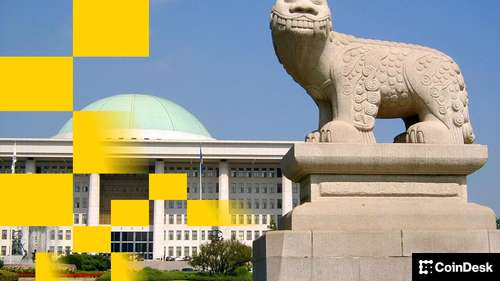The Ethereum network has recently undergone a significant transformation with the introduction of the Ethereum Dencun upgrade.
This new upgrade brings proto-dank sharding, a concept that Ethereum's co-founder Vitalik Buterin envisioned in 2019.
The upgrade intends to revolutionize data storage in the Ethereum ecosystem, providing better scalability and enhanced performance.
Scheduled as one of Ethereum's most important upgrades since The Merge in September 2022, the Ethereum Dencun upgrade is expected to implement Ethereum Improvement Proposals (EIPs) and bolster the network's scalability, efficiency, and security.
Enhancements Under Ethereum Dencun Upgrade
-
Ethereum Gas-Fee Reduction
One of the major improvements under the Ethereum Dencun upgrade is the huge reduction in gas fees associated with Layer 2 (L2) transactions.
This reduction in fees is set to make L2 transactions nearly negligible in cost, potentially propelling a mass migration of Ethereum activities to these networks.
Moreover, projects and protocols may incentivize user participation by covering the gas fees that users themselves traditionally bear.
-
Supporting Rollups
Ethereum Dencun is a vital step towards Ethereum's overarching goal of accommodating various rollups and secondary scaling layers. So, by facilitating the integration of multiple rollups, Ethereum aims to process millions of transactions per second, thereby enhancing the network's throughput and scalability.
-
Introducing Pro-Danksharding
The Ethereum Dencun upgrade is introducing a new data storage method called Proto-Danksharding.
This approach, originally proposed by Buterin, will differ from the traditional method of storing all data directly on the Ethereum mainnet's immutable execution layer. Instead, it will provide a more cost-effective way of storing "blobs" of data.
This storage method is expected to make data storage on Ethereum more accessible and economically viable, particularly for recording layer 2 transactions.

Photo | Shutterstock
Understanding Proto-Danksharding
-
Origins and Naming
Proto-Danksharding draws its name from two Ethereum researchers, Dankrad Feist and Proto Lambda, who first proposed the concept.
Despite its name, Proto-Danksharding does not adhere to the conventional sharding approach commonly employed in computer science. Instead, it serves as a precursor to the full implementation of Danksharding, a development anticipated to unfold in the coming years.
-
Deviation from the Initial Roadmap
Originally conceived as a solution for scaling Ethereum, sharding was replaced by Proto-Danksharding under the Ethereum Dencun upgrade.
This strategy was primarily driven by considerations of ease of implementation, steering Ethereum away from its initial roadmap.
-
Pro-Danksharding Setup
In 2022, the foundational phase of Proto-Danksharding commenced with the inception of the world's largest "Trusted Setup" ceremony.
Dubbed the KZG Ceremony after the contributing researchers Aniket Kate, Gregory M. Zaverucha, and Ian Goldberg, this event resulted in massive participation from the Ethereum community.
The ceremony aimed to generate a secret random data string that would be vital for the functioning of Proto-Danksharding.
Closing Comment
Ethereum's new Dencun upgrade is here and promises to prioritize scalability, efficiency, and accessibility. This upgrade might usher in a new era of innovation and opportunity within the Ethereum ecosystem.




